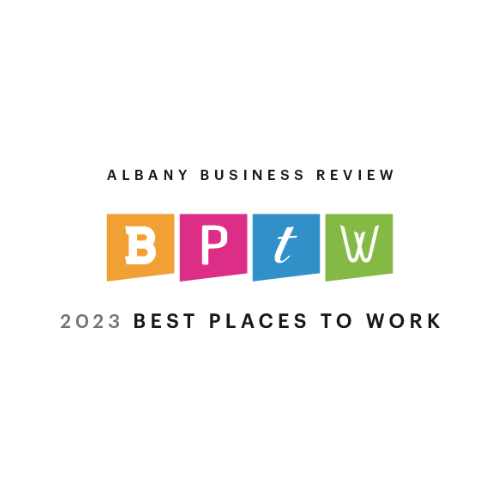Payroll Protection Plan (PPP) loans were a lifeline for many small business owners during the worst of the pandemic-driven economic slowdown. In total, the Small Business Administration (SBA) approved nearly 12 million PPP loans, averaging $67,000.
The PPP program stopped accepting loan applications on May 31, 2021. However, you still may need to complete the requisite forms to ensure that your loan will be forgiven. You can't afford to miss the deadlines for filing this paperwork.
The most urgent deadline is for companies that received PPP loans prior to June 5, 2020. Those generally were loans with a two-year maturity, but a borrow may request a five-year maturity from their lender for these loans. (Loans made after that date have a five-year maturity.) Borrowers need to apply for loan forgiveness within 10 months of the last day of the "covered period."
Forgiveness Application Deadline
The covered period refers to the 8 to 24 weeks following the funding of the loan during which those funds must be used for approved purposes. For example, if your business applied early in the program, its covered period might have ended on October 30, 2020. So, you'd need to apply for forgiveness by August 30, 2021, to avoid loan repayment responsibilities.
Whatever your deadline is, you probably don't want to wait until the last minute in case you encounter delays in the process. You also might discover that you won't be getting forgiveness on as much of the PPP loan as you had assumed — and finding that out early can help you plan for how to repay what's not forgiven.
The basic rule for obtaining loan forgiveness is that at least 60% of the loan amount needs to have been used on qualified payroll costs, including:
- Cash employee compensation (capped at a $100,000 salary annually),
- State and local payroll taxes, and
- Employer contributions to employees' health and retirement plans.
Examples of permissible uses of the remaining 40% of loan proceeds — called "nonpayroll" costs — are:
- Company real estate lease or mortgage interest payments for contracts signed before February 15, 2020,
- Supplies essential to your business,
- Utilities for service that began before February 15, 2020,
- Covered operating expenditures (such as business software, delivery, payroll processing and inventory tracking expenditures),
- Certain property damage is not covered by insurance, and
- Costs incurred to protect employees and customers from COVID-19.
Most lenders will have an online portal with the application to submit electronically. If your lender does not have a portal, you can download the blank forms you need to complete from the SBA website or ask your lender for a copy. Then you must give the completed forms to your lender for remittance to the SBA. Your lender will also relay the SBA's decision regarding full or partial loan forgiveness.
PPP Audit Exposure
Recipients of PPP loans may have another follow-up issue to contend with: A PPP loan audit from the Small Business Administration (SBA). The purpose is to confirm that you've met the eligibility criteria.
Loans of $2 million or more will automatically be audited. However, you could still face an audit if you borrowed less than $2 million.
Tackling the audit process requires two basic steps. First, compile documentation that the SBA might request — such as financial statements, tax returns and payroll records — to show where the numbers on your application came from. Second, you'll need to prove that you were acting in good faith when you applied for the loan in the first place — that the loan was essential to support your ongoing operations.
Proof of good faith and financial need could include:
- Financial statements showing a significant drop-off in revenue,
- Cancellation of orders,
- Supply chain disruptions that cost you sales, and
- Instructions from a local government authority to curtail your operations for public safety purposes during the pandemic.
Retain this documentation after you've been told your loan is forgiven. The PPP guidance states that you're still vulnerable to an audit for up to for six years after your loan is forgiven.
Warning: If an audit uncovers impropriety, the borrower may be required to immediately repay the loan, as well as possible civil penalties and prosecution under the False Claims Act.
No "Double Dipping"
Determining the proper way to complete these forms is trickier if you've taken advantage of other COVID-19 relief programs, such as the employee retention credit and the credits for emergency paid sick leave and expanded family leave. A rule against "double-dipping" prevents you from counting payroll amounts that those tax credits were based on for regular payroll expense loan forgiveness amount purposes.
Important: If your application for loan forgiveness is rejected, then the double-dipping rule doesn't apply — and your ability to use the tax credits is no longer restricted.
Need Help?
PPP loans aren't automatically forgiven — it requires some follow-up on your part. Borrowers need to apply for forgiveness with the SBA before the statutory deadline. Your CPA can help you file the appropriate forms and determine which costs may qualify for forgiveness.


